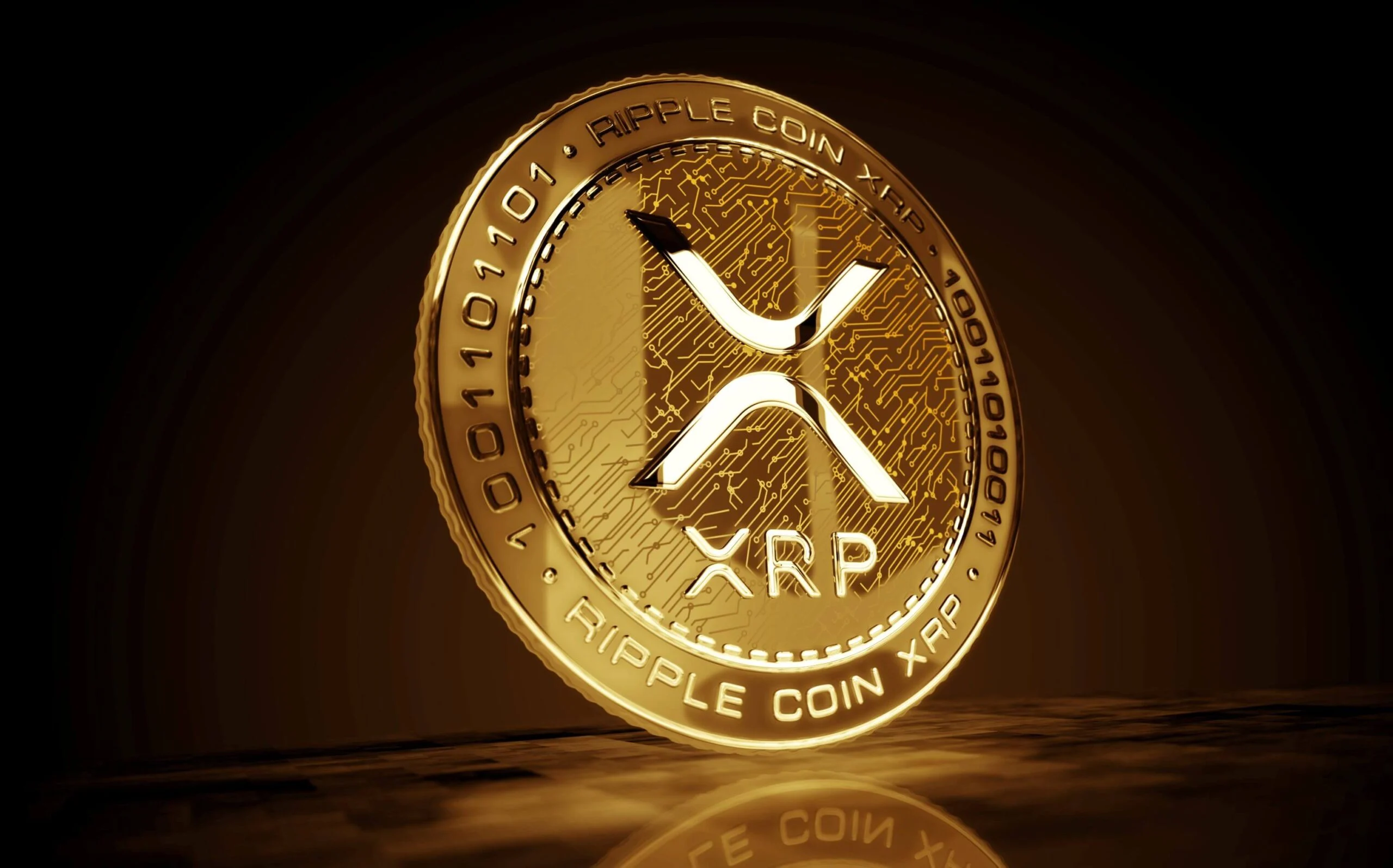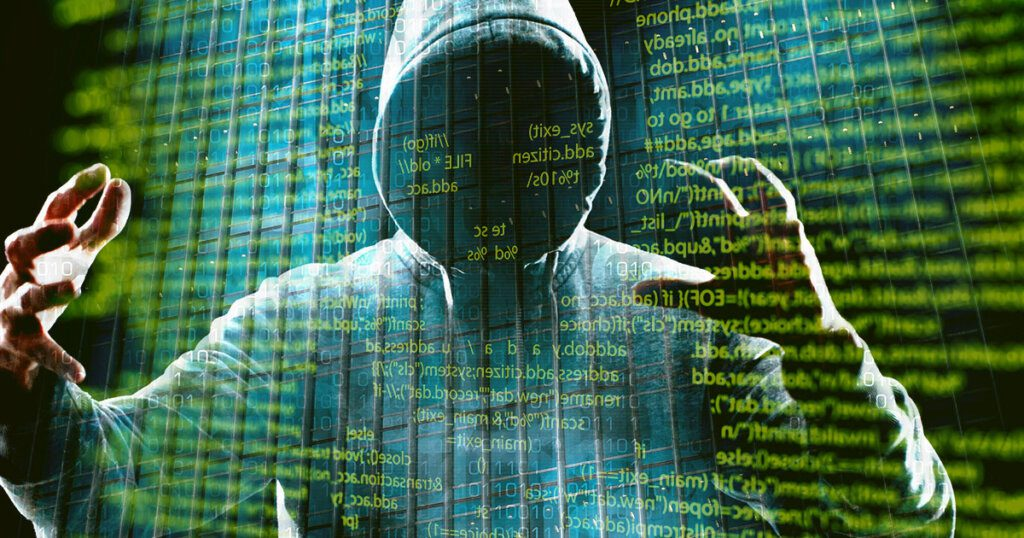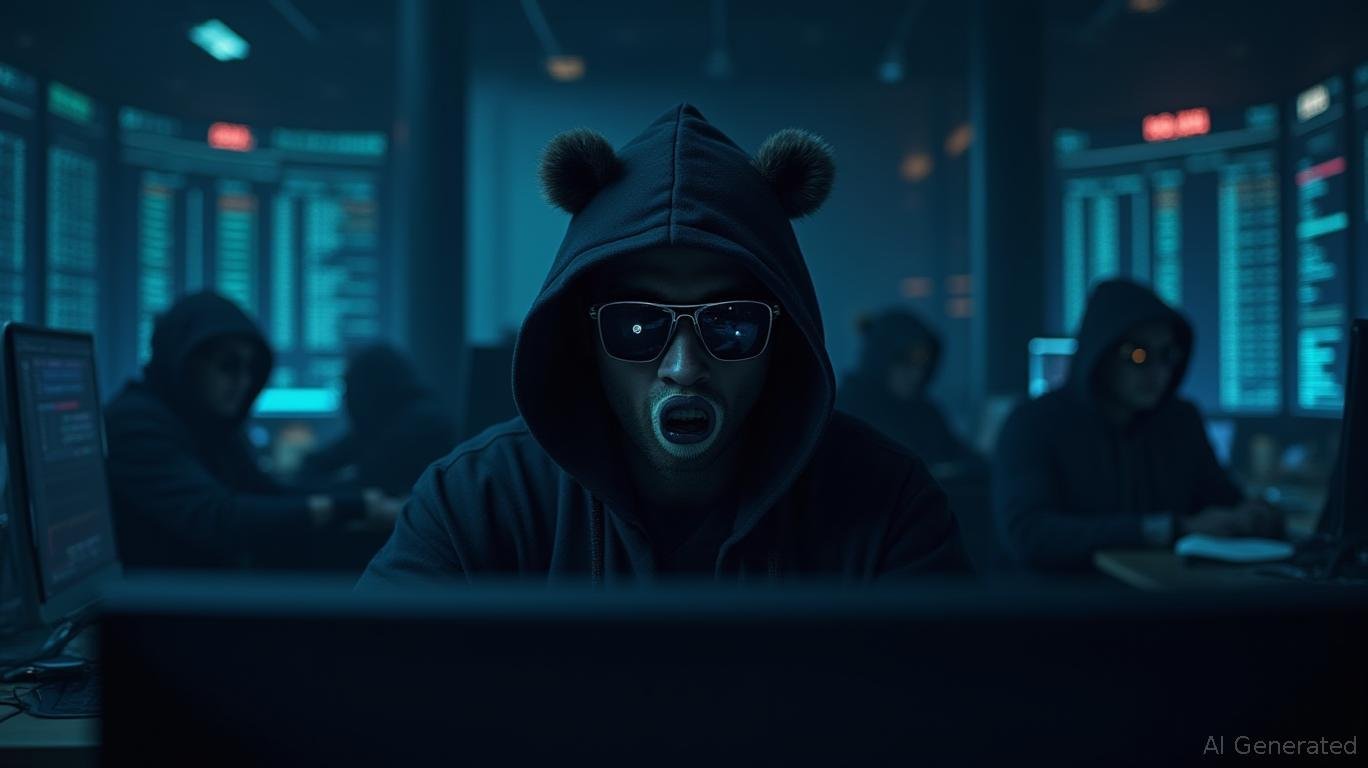SEC and Ripple End Lawsuit After Joint Agreement to Drop Appeals, Solidifying XRP’s Regulatory Status

The protracted legal battle between Ripple Labs and the U.S. Securities and Exchange Commission (SEC) has come to a definitive close. Both parties have jointly requested the Second Circuit Appeals Court to dismiss their respective appeals, effectively cementing the long-awaited outcome of one of the crypto industry’s most pivotal lawsuits. This milestone resolution removes a major source of uncertainty for XRP, sparking renewed optimism among investors and reasserting the token’s regulatory standing.
Joint Move to End SEC vs. Ripple Case
In a brief Thursday filing, the Second Circuit recognized the dismissal of both the SEC’s appeal and Ripple’s cross-appeal, confirming that each side will cover its own legal costs and fees. The motion, directly filed after a Commission vote, brings immediate finality to the dispute and reflects a coordinated decision to turn the page on years of courtroom drama.
Ripple’s Chief Legal Officer, Stuart Alderoty, commented on X, “The end…and now back to business,” signaling Ripple’s intention to move forward with renewed focus and clarity.
Background: Years of Legal Turmoil Over XRP’s Status
The SEC originally sued Ripple Labs in late 2020, accusing the fintech company of selling XRP as an unregistered security. The lawsuit triggered intense debate and volatility in the crypto markets, with the industry closely following each development as a bellwether for digital asset regulation in the United States.
Key Court Ruling: Public vs. Institutional Sales
A landmark decision in July 2023 from New York federal judge Analisa Torres provided a nuanced outcome:
- XRP sold on public exchanges: Not classified as securities, setting an important legal precedent for XRP and other cryptocurrencies.
- XRP sold to institutional investors: Deemed unregistered securities, resulting in Ripple being ordered to pay a $125 million fine far lower than the SEC’s original request of $2 billion.
Despite the reduced penalty, the ruling clarified that Ripple, like other companies, must comply with federal securities laws for future institutional offerings.
SEC’s Policy Shift Gives Crypto Industry Breathing Room
The joint withdrawal of appeals was widely anticipated, particularly after the 2024 change in presidential administration. Donald Trump’s second term saw the SEC scale back enforcement actions against crypto companies, abandoning other high-profile suits and signaling a friendlier regulatory climate for digital assets.
In April, both parties agreed to pause appeal proceedings, and by May, they had reached a settlement and asked Judge Torres to dissolve the original injunction. Although the judge refused to lower the already-reduced fine, this effectively marked the final stage of the dispute.
XRP Price Rallies on Case Resolution and Regulatory Clarity
The conclusion of legal proceedings has been a major catalyst for XRP’s recent surge. After bottoming out at $1.79 in early April, XRP soared nearly 100% to reach a local high of $3.56 in July. Following the settlement news, XRP continues to trade strong, most recently rising 10.6% in a single day to $3.31, according to CoinGecko data.
Traders and long-term holders view the dismissal of regulatory overhang and market clarity as strong reasons for bullish sentiment moving forward.
Key Takeaways for Ripple, XRP, and the Crypto Industry
- Landmark Conclusion: The case’s end brings long-awaited legal certainty to Ripple, XRP, and the broader U.S. crypto sector.
- Precedent Set: Most XRP sales on public exchanges are not securities, but institutional sales require regulatory compliance.
- Market Impact: With appeals dropped and penalties finalized, Ripple can now focus on business expansion, product innovation, and cross-border payments using XRP.
- Industry Signal: The SEC’s softened stance and joint settlement serve as a potential roadmap for resolving future digital asset disputes.
With legal headwinds cleared, Ripple and XRP are well-positioned for the next chapter renewed business development, industry integration, and greater confidence among both U.S. and global investors.




